What is the Spiritual Meaning of Birth Marks? Find Out Here!
Birthmarks are often seen as more than mere physical manifestations; they are believed to carry spiritual meanings.
These natural skin anomalies have been interpreted through various spiritual lenses, suggesting a connection to past lives, soul lessons, or karmic symbols. The spiritual meaning of birthmarks can vary widely, from marks of protection to signs of destiny.
The spiritual interpretation of birthmarks is rooted in diverse cultural and historical contexts. For example:
- Reincarnation: Some cultures believe that birthmarks indicate where a person was injured or died in a past life.
- Spiritual Gifts: In certain traditions, a birthmark may signify special abilities or talents.
- Karmic Indicators: Others see them as reflections of experiences or lessons that need to be addressed in one�s current life.
Here are a few examples of how different cultures interpret birthmarks:
- In Asian traditions, a birthmark on the right side of the body is often considered auspicious.
- In Western folklore, a birthmark in the shape of a rabbit�s foot might be seen as a sign of good luck.
- Indigenous cultures may view birthmarks as a mark of the spiritual animal or guide.
Regarded as windows to our soul�s history, birthmarks carry a mystical allure, embodying tales of past, present, and spiritual journey within their subtle presence.
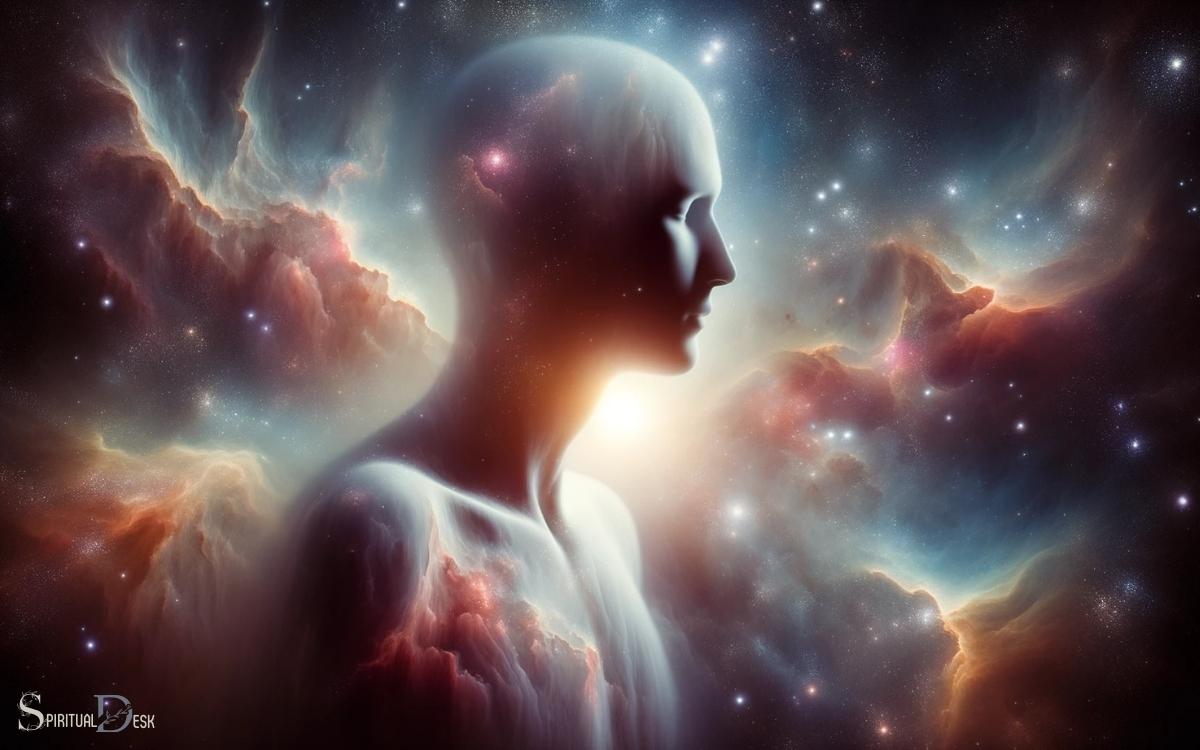
Key Takeaway
10 Birth Marks Spiritual Meaning
| Birth Mark | Spiritual Meaning |
|---|---|
| Moles | Considered as symbols of good luck and fortune |
| Port Wine Stains | Believed to be a mark of past life |
| Angel’s Kiss | Assumed to be a sign of blessings from angels |
| Cafe-Au-Lait Spots | Considered as signs of carrying wisdom from past life |
| Hemangiomas | Believed to be the mark of spiritual protection |
| Stork Bites | Signifies love and protection from loved ones |
| Congenital Melanocytic Nevus | Believed to be the mark of strong spiritual energy |
| Mongolian Spots | Associated with an old soul or wisdom from past lives |
| Salmon Patches | Indicates spiritual grace and intuition |
| Vitiligo | Believed to be a sign of spiritual evolution and enlightenment |
Historical and Cultural Beliefs
Historically and culturally, birthmarks have been interpreted as significant omens or symbols in various societies and traditions.
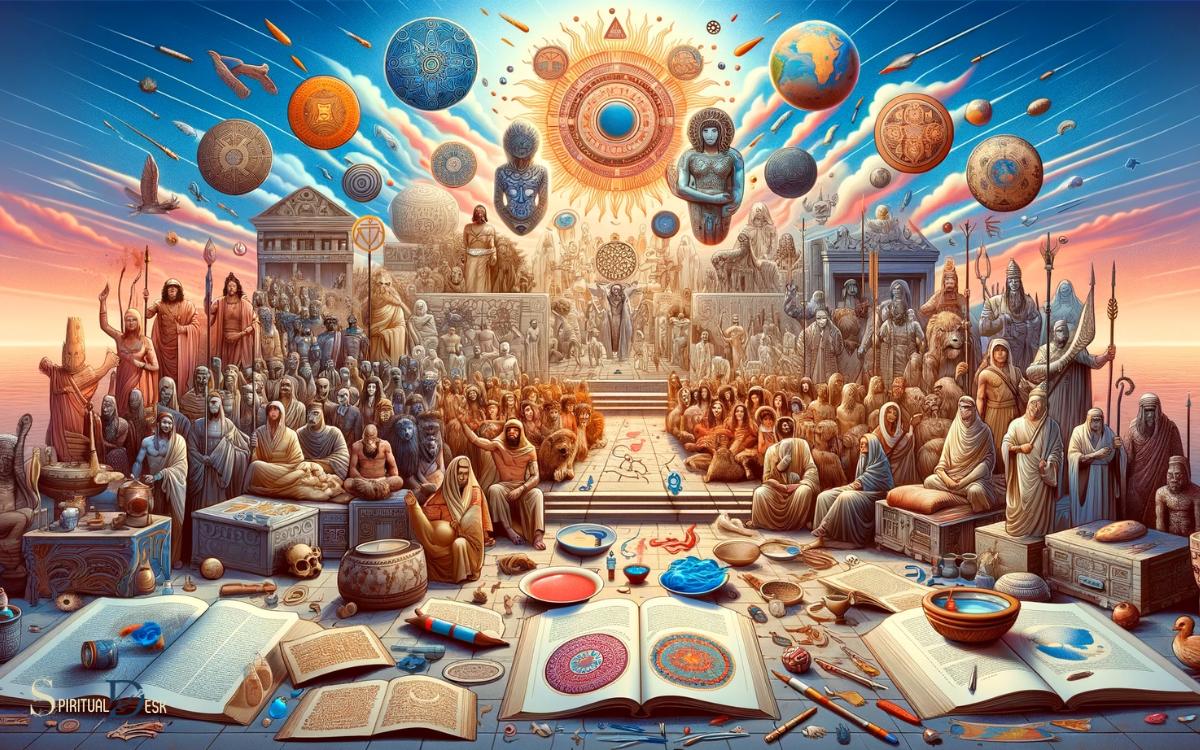
- In many ancient civilizations, birthmarks were believed to signify divine favor or disfavor, and were often seen as a reflection of a person�s character or destiny.
- For example, in Chinese culture, birthmarks were thought to be a result of unfulfilled cravings or desires from a past life.
- In Indian culture, birthmarks were sometimes seen as the site of past life trauma.
- In European folklore, birthmarks were often associated with myths and superstitions, with some being considered as signs of witchcraft or demonic possession.
Across cultures, birthmarks have carried spiritual and mystical significance, shaping beliefs and influencing the treatment of individuals with such marks.
Types of Birth Marks
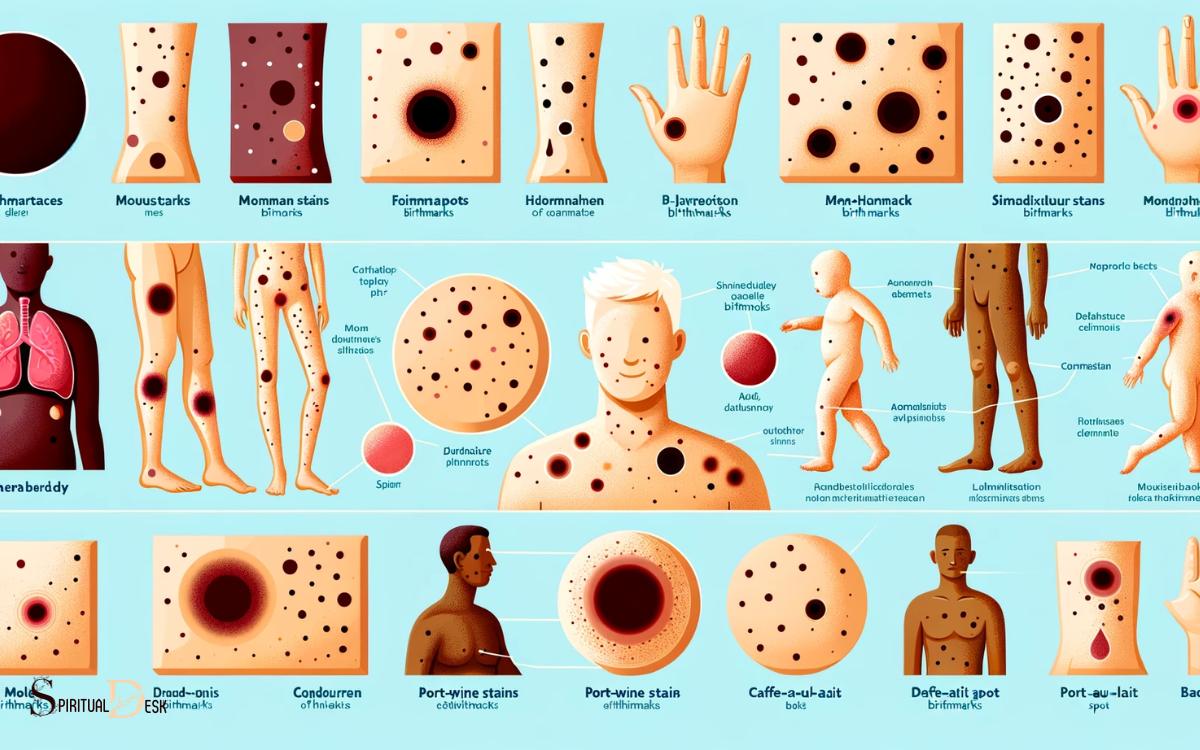
The various types of birthmarks have long intrigued cultures around the world, leading to a rich tapestry of stories and beliefs.
Different birthmark types, ranging from pigmented to vascular, have been associated with diverse symbolic meanings and interpretations.
Understanding the cultural significance of birthmarks sheds light on the spiritual and mystical aspects of these unique skin markings.
Different Birthmark Types
There are seven primary types of birthmarks, each categorized by distinct characteristics and appearances.
- The first type is a �Salmon patch,� also known as a stork bite, which is a pink or red mark often found on the nape of the neck, eyelids, or forehead.
- The second type is a �Strawberry mark,� also called an infantile hemangioma, characterized by a raised red mark due to an overgrowth of blood vessels.
- The third type is a �Mongolian spot,� which is a flat, bluish-gray mark typically found on the lower back or buttocks.
- The fourth type is a �Caf�-au-lait spot,� which is a light brown mark that may darken over time.
- The fifth type is a �Port-wine stain,� a dark red or purple mark caused by an issue with blood vessels.
- The sixth type is a �Congenital moles,� which are dark, raised marks.
- The seventh type is a �Vascular malformations,� which are marks caused by abnormal development of blood vessels.
Birthmarks and Symbolism
Symbolism associated with birthmarks varies according to the distinct characteristics and appearances of the seven primary types, each carrying its own significance and interpretations.
Pigmented birthmarks, such as moles, are often linked to previous life experiences or karmic imprints.
Vascular birthmarks, like hemangiomas, are thought to signify unresolved emotional issues or traumatic events from the past.
Meanwhile, the location of the birthmark on the body can also influence its symbolism. For instance, birthmarks on the face may be associated with talents or personality traits, while those on the hands or feet may represent unresolved issues or talents from past lives.
Understanding the symbolism behind different types of birthmarks can provide insight into one�s spiritual journey and personal growth.
Cultural Significance of Birthmarks
Cultural significance of birthmarks can be delineated by the various types of birthmarks and their corresponding interpretations in different cultures.
- In many cultures, birthmarks are believed to carry spiritual or supernatural meanings.
- For example, in Chinese culture, a mole on the face is considered a sign of good luck and wealth.
- In Indian culture, birthmarks are thought to be related to past life experiences and karmic debt.
- Similarly, in some African cultures, birthmarks are believed to be symbols of ancestral connections or spiritual protection.
Moving on to interpretations and symbolism, let�s delve into the deeper meanings associated with birthmarks in various cultures.
Interpretations and Symbolism
The spiritual interpretations of birthmarks offer insight into the individual�s journey and experiences, reflecting deeper symbolism and significance beyond their physical presence.
In various spiritual and cultural traditions, birthmarks are often seen as more than just random skin pigmentation.
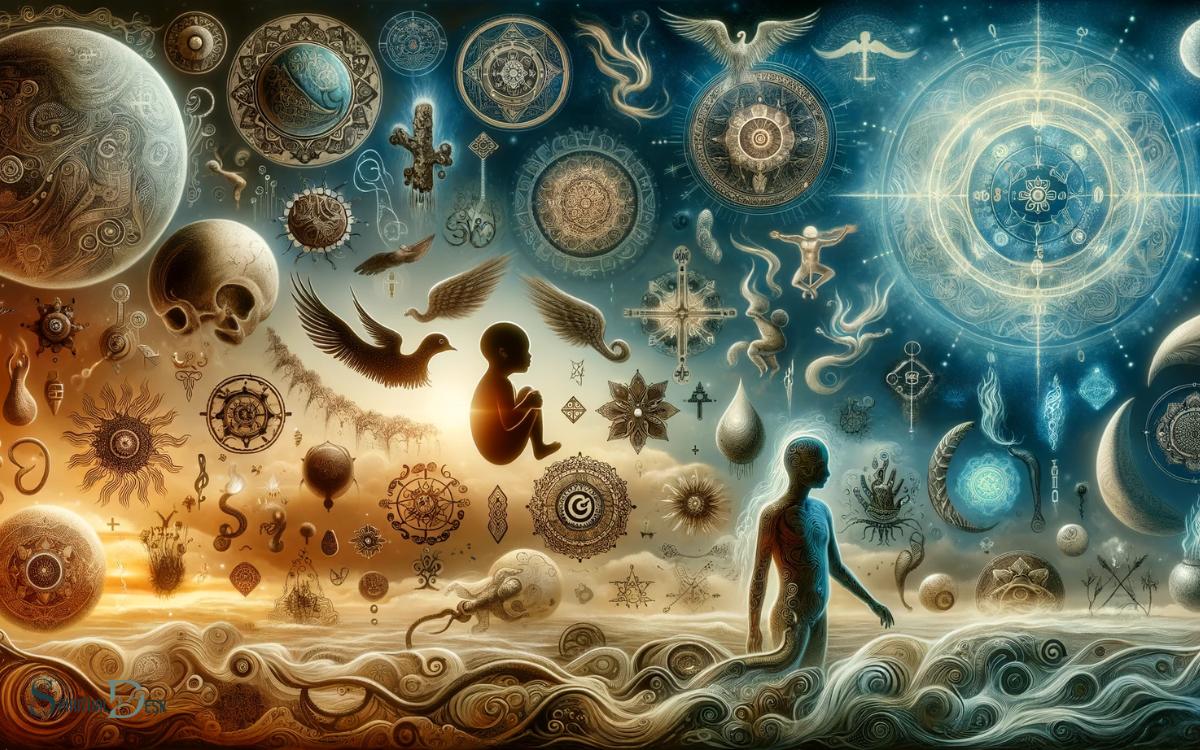
They are believed to carry messages from past lives, indicating unfinished business or unresolved issues that need attention in the present life.
Birthmarks are thought to symbolize a connection to the spiritual realm or to carry the imprint of past experiences and emotions.
Some interpretations suggest that the location of the birthmark on the body can provide clues about the individual�s personality, strengths, or challenges they may face.
Understanding the interpretations and symbolism of birthmarks can offer individuals a deeper understanding of themselves and their life path.
Birth Marks in Different Traditions
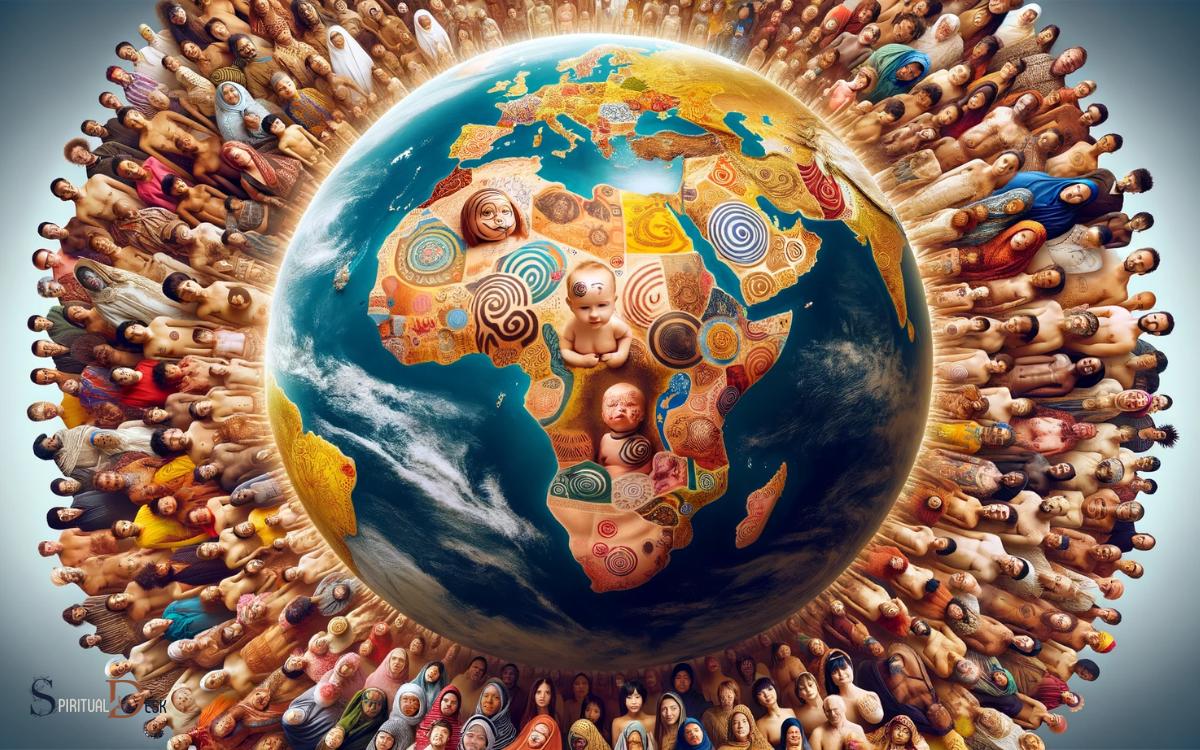
In various spiritual and cultural traditions, birthmarks are interpreted and understood in diverse ways, each offering unique insights into the individual�s spiritual journey and life experiences.
- In Chinese tradition, birthmarks are believed to be reflections of unfulfilled wishes or desires from past lives.
- In Hindu culture, birthmarks are sometimes thought to signify the manner of a person�s death in a previous life.
- In Native American spirituality, birthmarks are seen as symbols of inherent qualities and strengths that the individual carries from their ancestors.
These interpretations reflect the rich tapestry of beliefs and traditions surrounding birthmarks, revealing the profound significance they hold in various cultural contexts.
Understanding these diverse perspectives provides a deeper appreciation for the spiritual meaning of birthmarks and their impact on individuals� lives.
This leads to the subsequent section about �birth marks and reincarnation�.
Birth Marks and Reincarnation
As birthmarks have been interpreted in various spiritual and cultural traditions, exploring their connection to reincarnation reveals a profound aspect of their spiritual significance. Many believe that birthmarks may be linked to past lives, serving as physical reminders of previous experiences.
In the context of reincarnation, birthmarks are thought to represent wounds or significant marks from a person�s previous life that have carried over into their current existence.
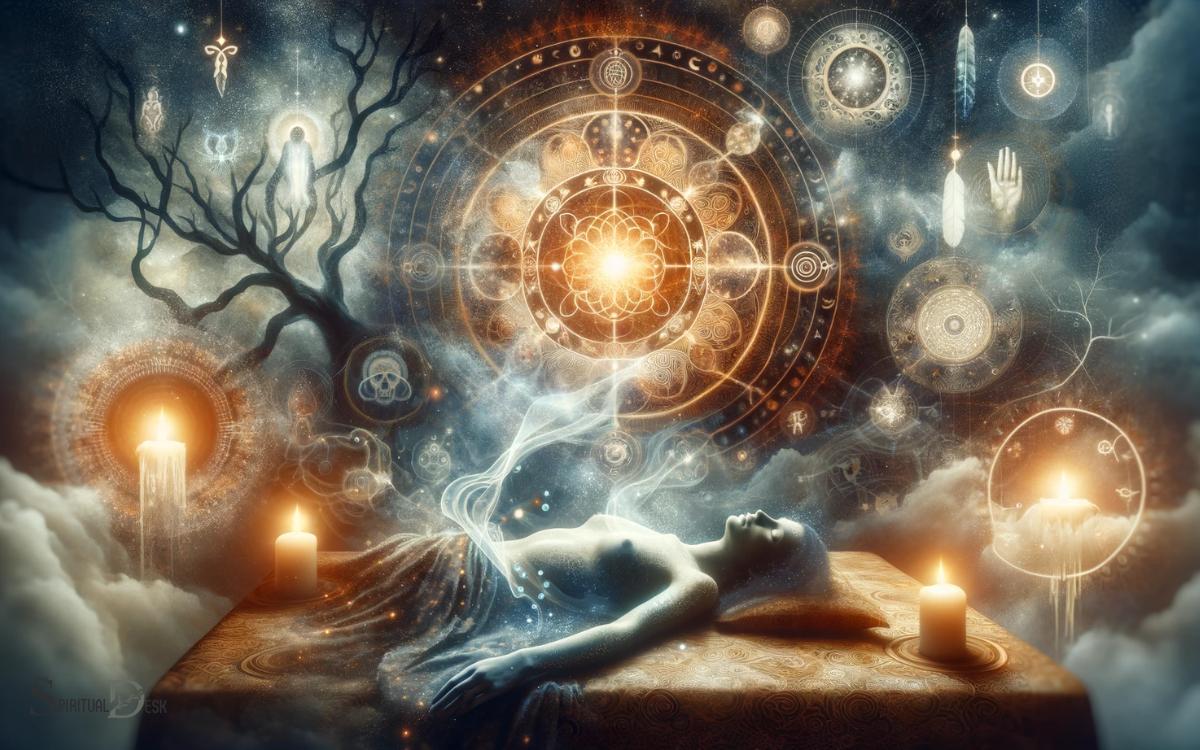
Some spiritual traditions suggest that these marks can indicate the cause of death in a past life or symbolize unfinished business that has transcended into the present.
While the interpretation of birthmarks about reincarnation varies across different belief systems, the idea underscores the interconnectedness of spiritual existence and the potential continuation of the soul�s journey across multiple lifetimes.
Healing and Acceptance
Connected to the concept of reincarnation, birthmarks can catalyze healing and acceptance, as individuals come to terms with the significance of these physical manifestations across lifetimes.
This process of healing and acceptance can be transformative, leading to a deeper understanding of oneself and one�s journey.
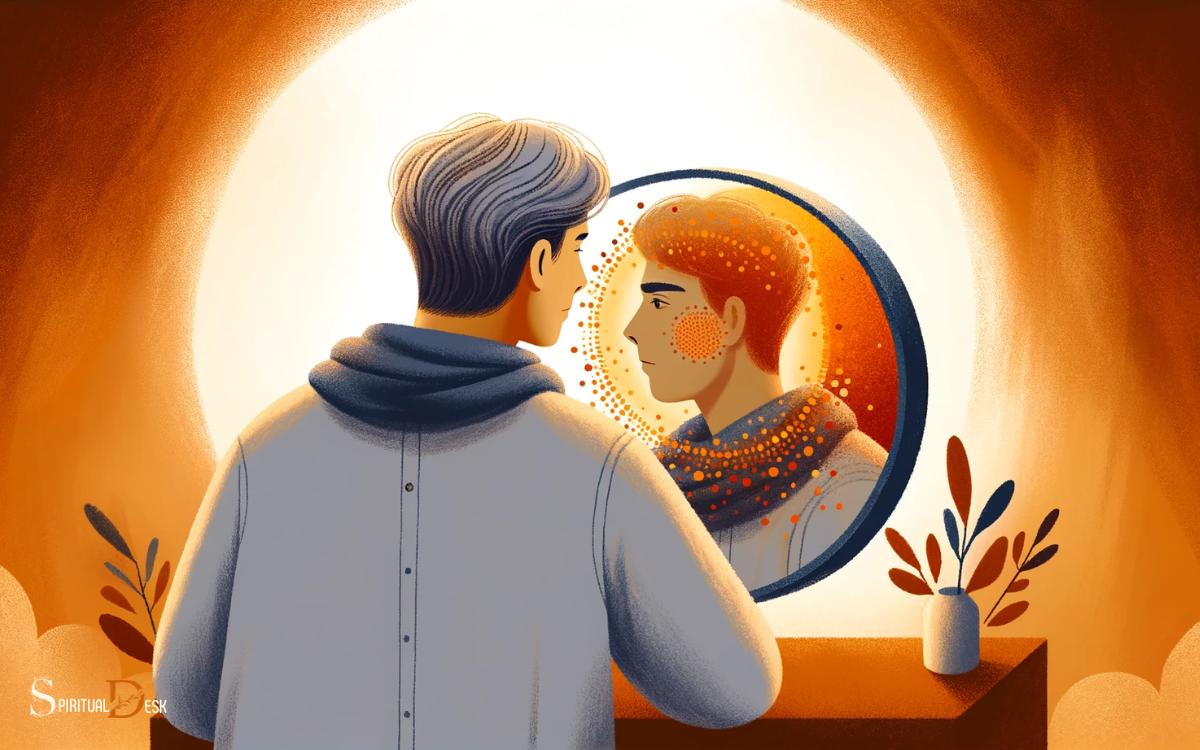
It can also foster a sense of peace and empowerment as individuals embrace the unique markings on their bodies.
The journey towards healing and acceptance of birthmarks may involve various aspects, including:
- Self-reflection and introspection
- Seeking support from spiritual or holistic healers
- Engaging in healing practices such as meditation or energy work
These steps can aid individuals in embracing their birthmarks as part of their spiritual and physical identity, leading to a greater sense of wholeness and self-acceptance.
Conclusion
Birthmarks have been associated with various historical and cultural beliefs, and their interpretations and symbolism vary across different traditions.
While some believe in the spiritual significance of birthmarks, others view them as a sign of reincarnation.
Regardless of these beliefs, the acceptance and healing of birthmarks are important aspects of spiritual and cultural understanding.
So, whether you see them as a symbol of past lives or simply a unique feature, embrace your birthmarks with pride and humor.






